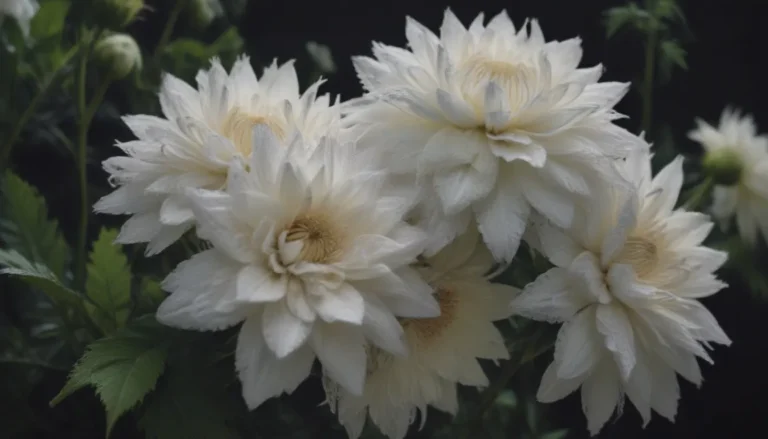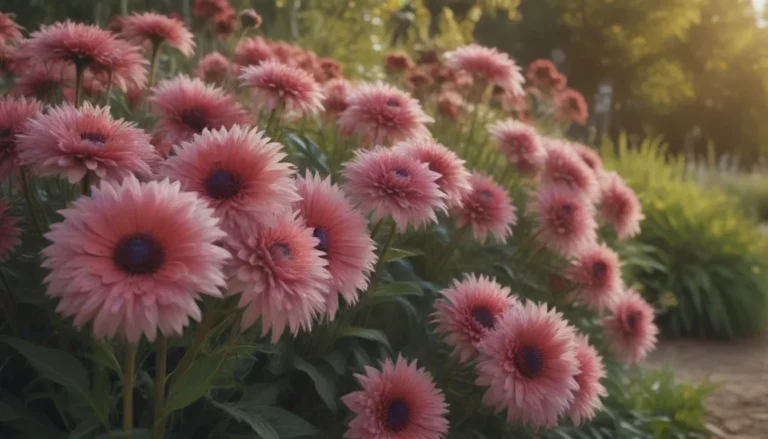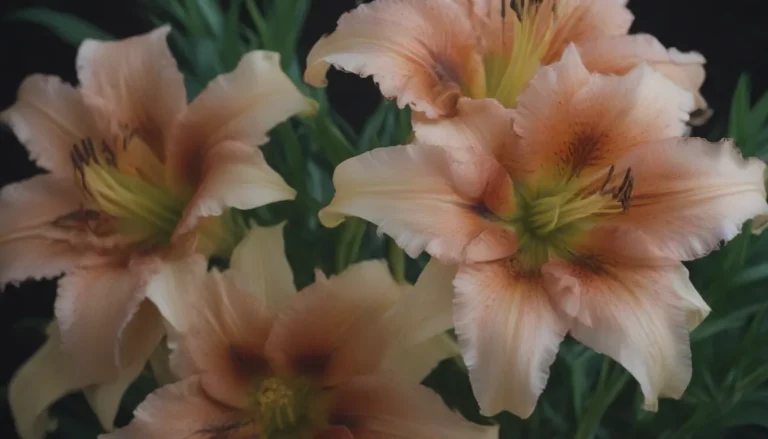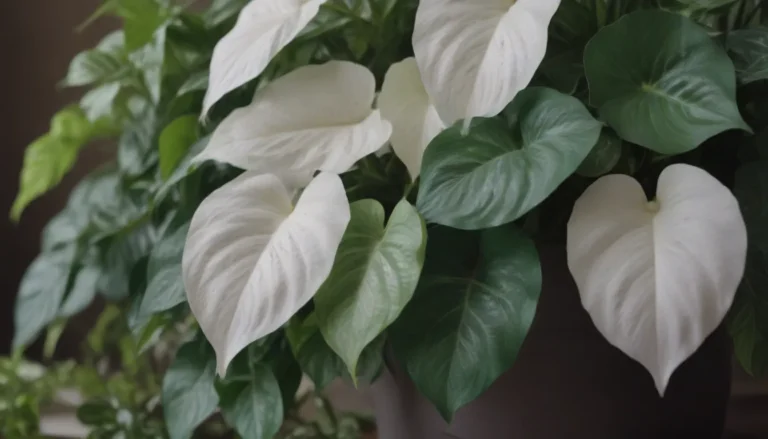Comprehensive Guide on Growing and Caring for Euphorbia Plants
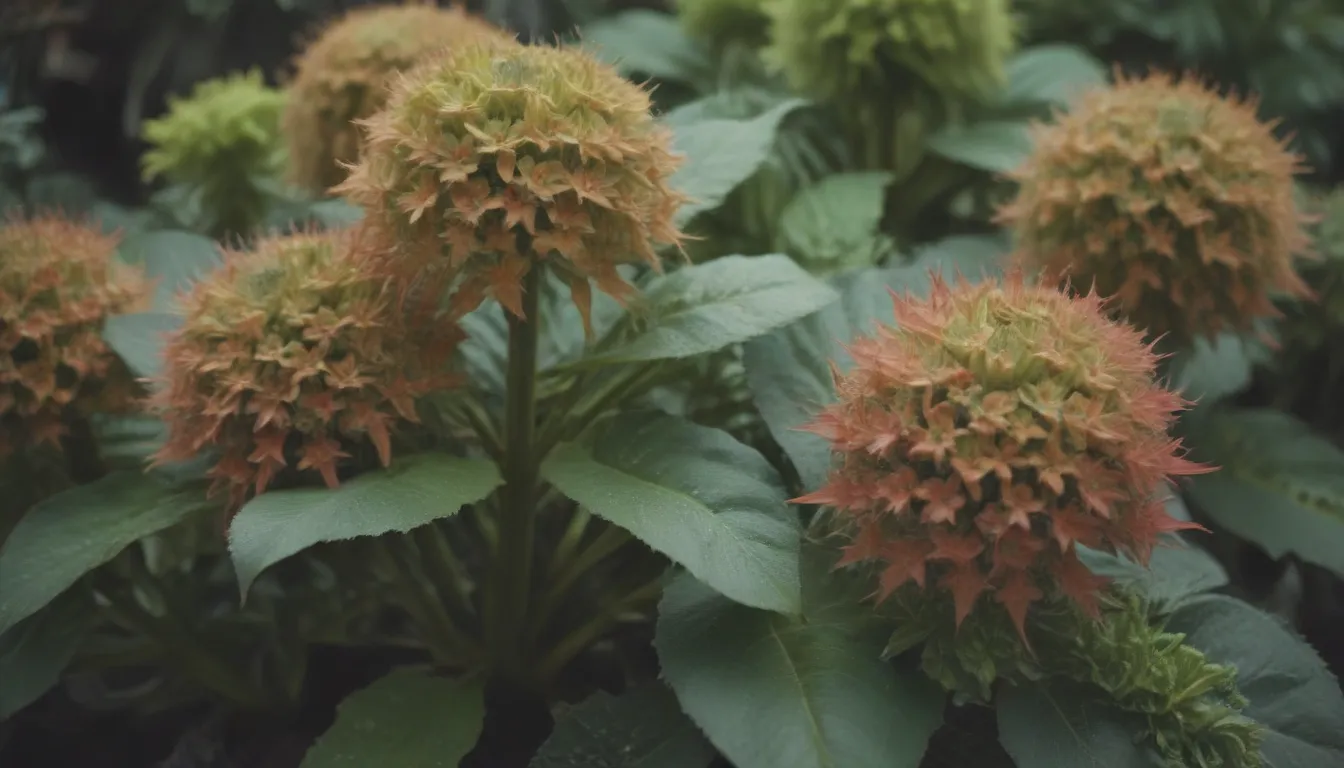
Euphorbia plants, commonly referred to as spurge, belong to a vast genus with over 2,000 species. With about 1,200 of them being succulents, these plants come in a variety of shapes and sizes, from those with fleshy leaves to those resembling cacti. While the euphorbia genus continues to evolve with species and subgenera being added and removed, the one consistent feature among them is the milky white sap they produce.
In this comprehensive guide, we will explore the world of euphorbia plants, understand how to care for them, and discover the different types of species available.
Euphorbia Care Tips
Euphorbias are relatively easy to care for once they are established. Here are some essential care tips to ensure your plants thrive:
- Ensure well-draining soil: Soggy soil can lead to root rot, so it’s crucial to use a well-draining soil mix for your euphorbia plants.
- Provide adequate sunlight: Euphorbias thrive in full sun, with some species able to tolerate partial shade.
- Water correctly: Water your plants when the top few inches of soil feel dry, reducing watering during the winter months.
- Maintain proper temperature: Most euphorbia species prefer warm temperatures, but cold tolerance can vary.
- Use fertilizers as needed: While feeding requirements vary by species, most euphorbias benefit from occasional fertilization.
Light Requirements
Euphorbia plants prefer full sun, receiving at least six to eight hours of direct sunlight daily. Some species can tolerate part shade, especially in hot climates where afternoon shade may be beneficial.
Soil and Watering
Well-draining soil is essential for euphorbia plants, especially succulent varieties. A sandy soil with a slightly acidic to neutral pH is ideal. Water your plants when the top layer of soil feels dry, adjusting watering frequency based on the season.
Temperature and Humidity
Most euphorbias thrive in warm environments with daytime temperatures around 80 degrees Fahrenheit. Cold tolerance varies among species, so be mindful of temperature requirements. Good ventilation is crucial in high humidity climates to prevent fungal diseases.
Fertilizer
Feeding requirements vary among euphorbia species, but most will benefit from occasional fertilization. Use compost or a balanced organic fertilizer when planting, and consider a weak liquid fertilizer throughout the growing season.
Types of Euphorbia Plants
Here are some popular euphorbia species that you might consider adding to your collection:
- Cushion spurge (Euphorbia polychroma)
- Crown of thorns (Euphorbia milii)
- Baseball euphorbia (Euphorbia obesa)
- Donkey Tail spurge, Myrtle spurge (Euphorbia myrsinites)
- Wood spurge (Euphorbia amygdaloides)
Propagating and Repotting Euphorbia
Euphorbias can be propagated from stem cuttings, making it easier than dealing with seeds. When potting or repotting euphorbia plants, ensure the soil is well-draining. A mix of potting soil, sand, and perlite works well for houseplants, while terra cotta pots help prevent root rot.
Common Pests and Diseases
Euphorbia plants are relatively resistant to pests and diseases, thanks to their toxic sap and spiky nature. However, be on the lookout for mealybugs, spider mites, and fungal diseases caused by overly moist conditions. Early detection and natural remedies like insecticidal soaps and oils can help control these issues.
In conclusion, euphorbia plants are fascinating additions to any garden or indoor space. Their unique shapes, colorful foliage, and minimal care requirements make them a favorite among plant enthusiasts. By following these care tips and exploring the various species available, you can enjoy a thriving collection of euphorbias in your home or garden.
Remember, while euphorbia plants add beauty to our surroundings, they are toxic to humans and pets. Exercise caution when handling these plants and keep them out of reach of children and animals. Learn more about toxic plants and their effects on pets from resources like PetMD.
With proper care and attention, euphorbia plants can bring joy and vibrancy to your indoor or outdoor space. Embrace the diverse world of euphorbias and watch as these unique plants transform your environment.
